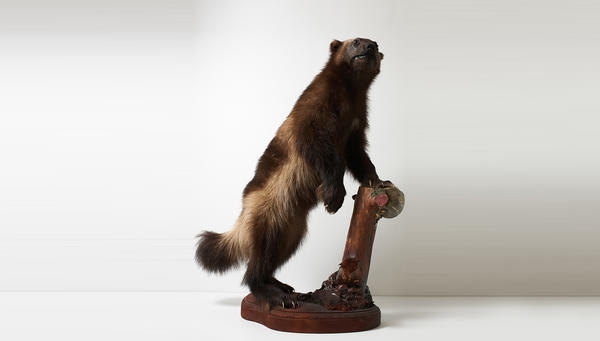The exhibition graphically demonstrates the existence of a close link between paleontology and geology.
The geological exhibits include samples of minerals that have been extracted from the largest Russian mine fields, fragments of fossilized plants, samples of coal dating back 300 million years, a 200-kg stone disk of such an unusual shape that geologists and ufologists are debating about its origin.
The halls of the museum are equipped with holographic 3D screens. Visitors may travel 120 million years back in time, right to the Cretaceous Period, when a tropical sea was spreading over the area of Western Siberia in the place of the present-day cities and villages. Herbivorous lizards — Psittacosaurs — were grazing along is shores; their skeletons were discovered by Kemerovo paleontologists during excavations near the village of Shestakovo.
The museum owns the world’s largest collection of fossil remains of the Siberian Psittacosaurus. The exhibition organizers used 3D-technologies to simulate the living environment of psittacosaurs and their neighbors: snakes, lizards, frogs, and turtles. Visitors may have a lot of interesting things to learn about the history of their native land.
Exhibits are marked with AR stickers for identification purposes.
The halls of the museum are equipped with holographic 3D screens. Visitors may travel 120 million years back in time, right to the Cretaceous Period, when a tropical sea was spreading over the area of Western Siberia in the place of the present-day cities and villages. Herbivorous lizards — Psittacosaurs — were grazing along is shores; their skeletons were discovered by Kemerovo paleontologists during excavations near the village of Shestakovo.
The museum owns the world’s largest collection of fossil remains of the Siberian Psittacosaurus. The exhibition organizers used 3D-technologies to simulate the living environment of psittacosaurs and their neighbors: snakes, lizards, frogs, and turtles. Visitors may have a lot of interesting things to learn about the history of their native land.
Exhibits are marked with AR stickers for identification purposes.

